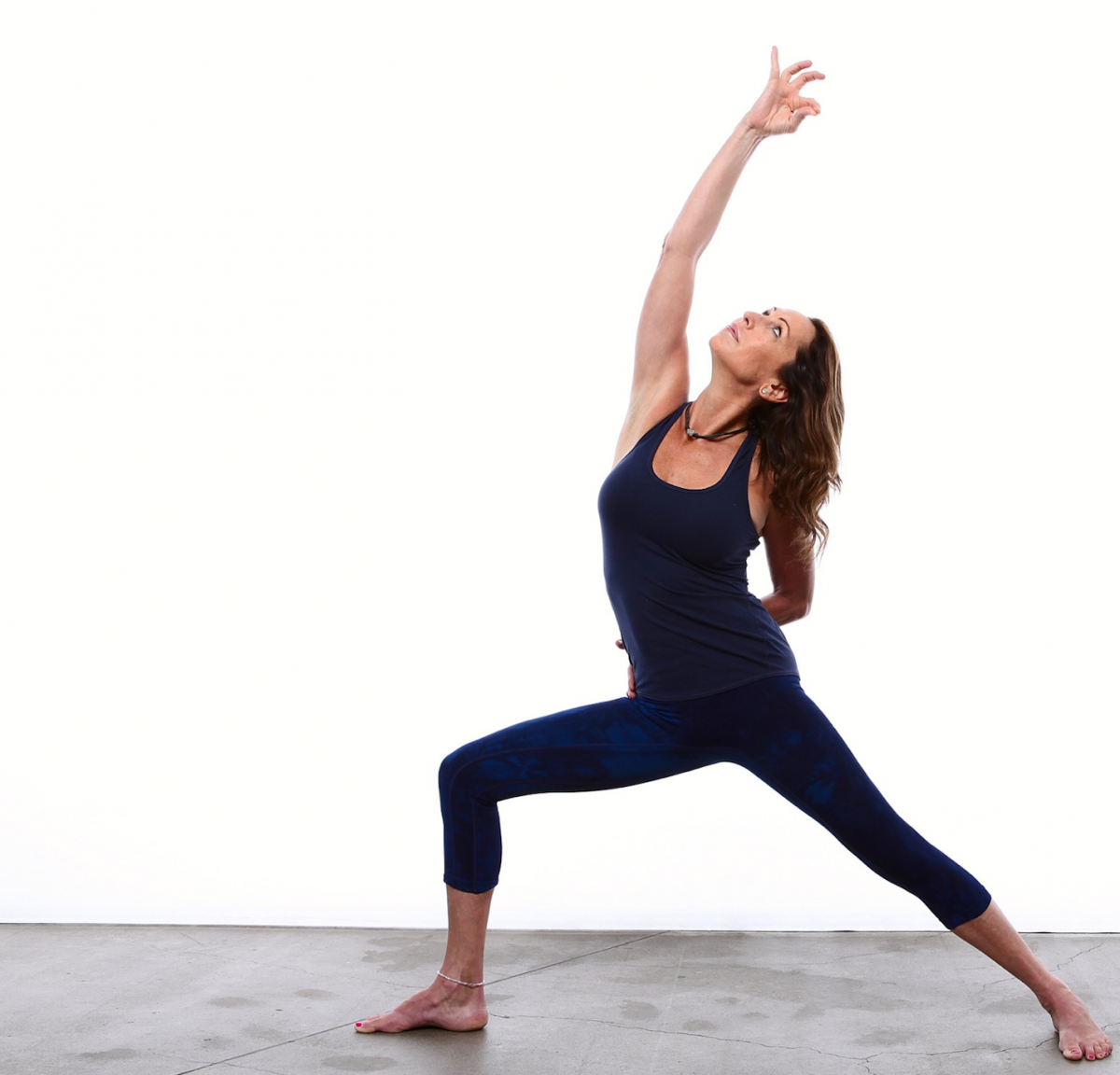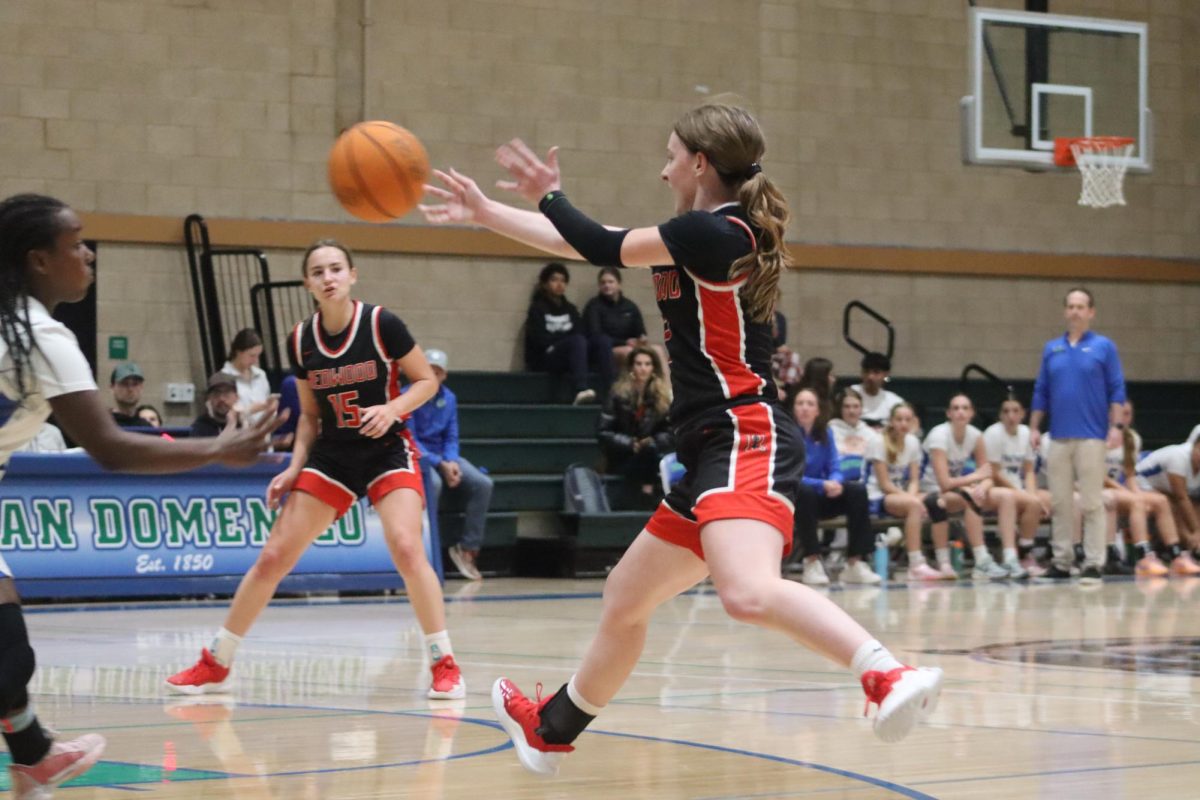Athletes and scientists alike recognize the benefits of yoga. Benefits include improved posture, increased endurance, stronger abdominal muscles, as well as lower blood pressure and reduced risk of stroke. To investigate its physical and neurological benefits, the Bark interviewed a local yoga instructor, Redwood High School’s Wellness director, and a scientist from the National Center for Complementary and Alternative Medicine.
“When you take my class, you’re going to sweat bullets and squeeze every drop of energy out of you,” Susan Hauser, yoga instructor at Yoga Tree, said. “And you’ll tell yourself, ‘Oh I wasn’t expecting that, but that was fun!”
Hauser has been teaching yoga to teens and adults for four years, and has practiced yoga for ten years. She has worked with a variety of high school athletes, from an entire volleyball team to individual rowers and cross country runners.

Hauser’s specialty, Power Vinyasa Flow, is one of the more strenuous yoga variations. “We do a lot of pushups and we use a lot of upper body strength as well as balance,” Hauser said. “The combination of building your upper body strength naturally, lengthening your spine, improving your posture, and controlling your breathing gives you a great cardiovascular workout.”
Hauser emphasized the importance of breathing techniques in all forms of exercise.
“I think the importance of breathing is overlooked in many sports. Breath control is essential to improving your stamina,” Hauser said.
Jessica Colvin, director of Redwood’s up-and-coming Wellness Center, also sees the value in yoga.
“Wellness will be looking for innovative ways to support students with their stress and anxiety, and yoga might prove to be a good addition to our program if students are interested in participating,” Colvin said.
In addition to its physical benefits, a new study by the National Center for Complementary and Alternative Medicine (NCCAM) suggests that yoga may increase the brain’s “volume” in areas “related to pain processing, pain regulation, and attention.”
The yoga practitioners’ brains were also larger in volume in the mid-insular cortex, a portion of the brain believed to control heart and breath rate. This led researchers to believe that having a larger mid-insular cortex correlates with higher pain tolerance, suggesting that “the yoga experience contributed to these structural differences in the brain.”
Dr. Chantal Villemure, co-author of the NCCAM study, wrote in an email interview that although there is no direct link between yoga and a more developed brain, “we can speculate that these brain regions got larger because they are used during yoga practice and that this increase in size may be related to improved function.”
The brain regions were more developed in yoga practitioners than in athletes and sedentary individuals, Villemure wrote.
In addition to finding such correlations, this study questions whether the length of time one practices yoga affects one’s pain tolerance.
Villemure wrote that there is no scientific data which measures the time it takes for these anatomical changes to occur.
“Short-term meditation training seems to indicate that some changes, like increased left hippocampus size, may occur relatively fast while others, like increased insular size, may take longer since no insular differences were found after an 8-week mindfulness training,” Villemure wrote. The hippocampus is a region of the brain associated with memory and emotion.
A 2011 Harvard study done in partnership with the National Institute of Health (NIH) found the same results in their own, similar study. They also found that after an 8-week yoga session, the left hippocampus grew in size. These results, “suggest that participation in mindfulness-based stress reduction is associated with changes in gray matter concentration in brain regions involved in learning and memory processes, emotion regulation, [and] self-referential processing,” as stated in the study’s abstract.
This short-term NCCAM study and this long-term Harvard study done in conjunction with the NIH adds an interesting intricacy to the same enigma, Villemure said.
“The more pieces of the puzzle we have, the clearer the picture we get. Changes in brain structures involved in stress reduction and autonomic function are a piece of that puzzle,” Villemure wrote.
Villemure believes short-term studies are just as valuable as long term because because they, “show that a difference exists between for example experienced yogis, meditators, athletes and control participants not involved in those activities.”
Hauser appreciates student interest in yoga and how yoga creates its own community. “They all know each other [in my classes]. It’s a great bonding experience because they are getting healthy together,” she said.
Hauser looks forward to teaching more teens. “I hope to continue practicing yoga and spreading the message to teens out there,” Hauser said. “Yoga is the best cross-training tool for all athletes. That’s the bottom line.”






